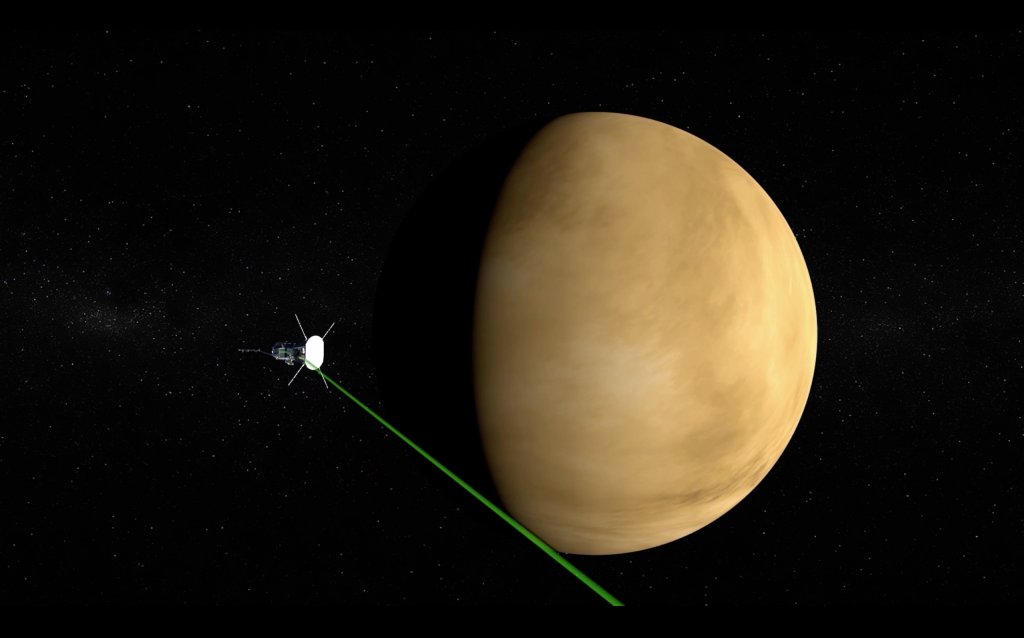NASA’s Parker Solar Probe speeds past Venus on Feb. 20, 2021, using the planet’s gravity to shape its path for its next close approaches to the Sun.
At just after 3:05 p.m. EST, moving about 54,000 miles per hour (about 86,900 kilometers per hour), the spacecraft will pass 1,482 miles (2,385 kilometers) above Venus’ surface as it curves around the planet. Such Venus gravity assists are essential to the mission to bring the spacecraft close to the Sun; Parker Solar Probe relies on the planet to reduce its orbital energy, which in turn allows it to travel closer to the Sun – and inspect the properties of the solar wind closer to its source.

This is the fourth of seven planned Venus gravity assists, and will set Parker Solar Probe up for its eighth and ninth close passes by the Sun, slated for April 29 and Aug. 9. During each of those passes, Parker Solar Probe will break its own record when it comes approximately 6.5 million miles (10.4 million kilometers) from the solar surface, about 1.9 million miles closer than the previous closest approach – or perihelion – of 8.4 million miles (13.5 million kilometers) on Jan. 17.
By Mike Buckley
Johns Hopkins University Applied Physics Lab
